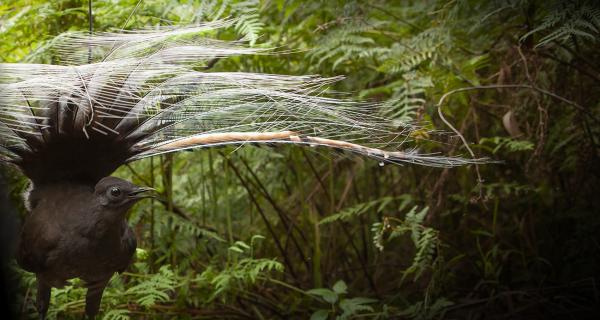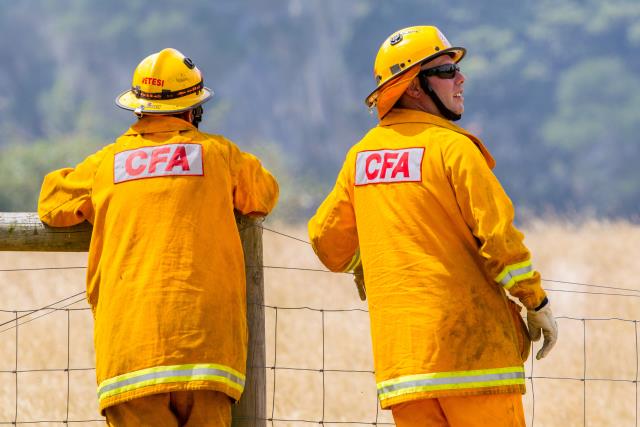The Sherbrooke Lyrebird Survey Group are looking forward to stepping foot back into the forest to check on the local lyrebird population.
Members of the survey group, which has been running since 1958, pile into Sherbrooke Forest each year before dawn and listen firsthand to all the birdsong as the forest wakes up, with a particular focus on the loud pitch of the lyrebird.
Member of Sherbrooke Lyrebird Survey Group, Alex Maisey said the group started with dawn surveys in the mid 1970’s.
“It involves around 50-80 people, it’s really well supported. We’ve had people coming for decades and some really dedicated volunteers that get out there just before 6am under torch light and listen for the first calls of the male lyrebirds up in the trees,” Mr Maisey said.
“Parks Victoria light a campfire for us and we send everyone out to designated spots throughout the forest. The volunteers record the direction that they can hear each bird and the time that the birds start to sing, and we can then use triangulation to work out how many males we are listening to,” he said.
Mr Maisey said the large volunteer numbers often means people record hearing the same bird, with the lyrebirds’ song so loud it travels up to “800 metres”.
The surveys began after a large lyrebird “population crash” in the Dandenongs in the 1980’s, which was largely caused by feral foxes given that lyrebirds nest on the ground, according to Mr Maisey.
“They only have one chick per year so it’s a really slow reproduction rate and that really concerned the Sherbrooke Lyrebird Survey Group, so that’s been the reason we continue to go out and check on the population.
“Foxes have been a real issue and household cats that went into the forest. Then at the end of the 80’s they brought in a cat curfew and they are now meant to be retrained to property at night, that’s been a really great thing for the lyrebirds.
Another initiative that has helped local lyrebirds thrive is a Parks Victoria fox control program, Mr Maisey said.
“That has also been absolutely key in maintaining our lyrebird population and they have made a really good recovery in the last 20 years. In the 1980’s we did think we were going to lose lyrebirds in the Dandenongs, but thanks to the fox control and the cat curfew, we’ve seen them recover really well.
In Mr Maisey’s 20 years of doing the surveys, the population has “more than doubled”, with only around 25 lyrebirds recorded when he first began and over 60 recorded after the last survey in 2019.
However, the influx of people visiting Sherbrooke Forest over Covid-19 lockdowns is a cause of concern.
“We had this huge influx of visitors to the forest because people weren’t going to work and weren’t allowed to travel, I live next door to the forest and we have never had so many people walking off track. I could not believe the number of people that had just discovered the forest.
“You think people would gain more of an appreciation but you also worry about the impacts of more rubbish, more people walking dogs and the impact on the wildlife,” he said.
“A lot of people were going off track and chasing lyrebirds to photograph them, so we are a bit concerned about that. This year’s survey will be important to see how the population has weathered that impact,” Mr Maisey said.
Volunteers are invited to experience the lyrebirds of Sherbrooke Forest and participate in the 2021 annual dawn surveys after missing out in 2020 due to Covid-19 restrictions.
The group are meeting at 6am at Grants Picnic Ground Shelter in Kallista, Melways Map 75, K4, on 19 June, 3 July and 17 July.
Breakfast is provided by Parks Victoria after the survey.
To register, email alexmaisey@hotmail.com.







